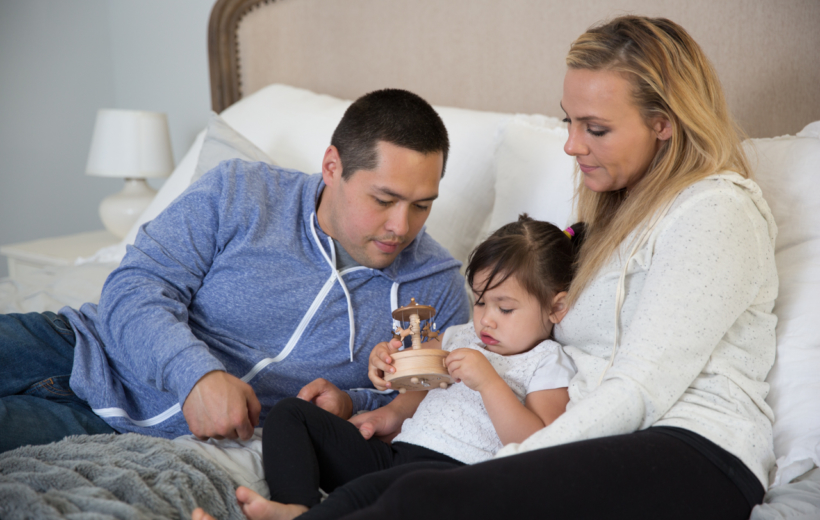
“How can I get my kid to sleep through the night?”
“How do I get my toddler to settle down and go to bed?”
“How do I get my child to stay in bed?”
These are questions we commonly hear from parents in our sleep clinic. It is important to realize that while there is no right way to help a child with a sleep problem, some steps work better than others.
For toddlers and older children, falling asleep and staying asleep (and in bed) is very connected to how sleep was handled when they were infants. Most children who do not stay in bed also struggle with falling asleep. A focus on teaching the child to fall asleep by themselves is the solution to the problems throughout the night.
Teaching a child how to fall asleep, is connected to how we put them to bed. Although sleeping is a natural phenomenon, falling asleep is actually a learned skill, and this is where we can help them.
Although the “cry it out” method does work, it tends to be emotionally exhausting for parents and children and often just does not feel right. Many parents have tried the cry it out method and given up when their child cried for several hours before falling asleep.
Instead, we find that “fading” works as well and does not feel as tough on the children or parents. To do this, we simply create a new bedtime routine that no longer involves the parent being present when the child falls asleep. To create this routine, choose an activity that will be kept the same every night and end with you leaving the room (for example: taking a bath, brushing teeth, reading a book together, or getting tucked in and kissed good night).
The bedtime might need to be several hours later than normal to make the child drowsy. If you have already tried the cry it out method, I would typically recommend putting a child to bed around the time that they finally fell asleep after crying it out. Instead of listening to them cry for a few hours, you can have quiet activities during that time to make them sleepier, and then start them on the new ritual. Usually within days, the child is simply falling asleep with the new routine, at the later time. Only after they are falling asleep without a fight, do we then gradually move the bedtime back to the proper time. If the technique is not working, we usually recommend stopping it, and then regrouping and trying again in a week or so.
Thus, the struggle (though it will come whenever we change a routine) will not last too long. If you have further concerns about your child’s sleep behavior, we recommend talking with your pediatrician and taking the BEARS sleep assessment to help determine if your child should see a specialist.
Related Stories



